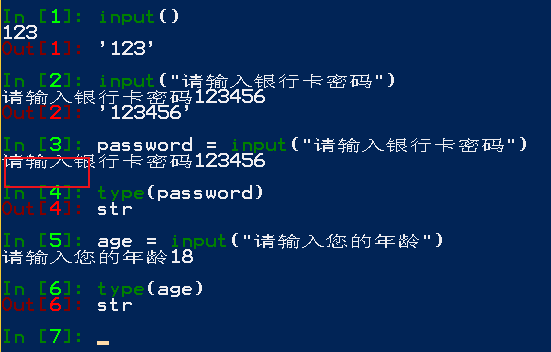pytorch 把MNIST数据集转换成图片和txt的方法
本文介绍了pytorch 把MNIST数据集转换成图片和txt的方法,分享给大家,具体如下:
1.下载Mnist 数据集
import os
# third-party library
import torch
import torch.nn as nn
from torch.autograd import Variable
import torch.utils.data as Data
import torchvision
import matplotlib.pyplot as plt
# torch.manual_seed(1) # reproducible
DOWNLOAD_MNIST = False
# Mnist digits dataset
if not(os.path.exists('./mnist/')) or not os.listdir('./mnist/'):
# not mnist dir or mnist is empyt dir
DOWNLOAD_MNIST = True
train_data = torchvision.datasets.MNIST(
root='./mnist/',
train=True, # this is training data
transform=torchvision.transforms.ToTensor(), # Converts a PIL.Image or numpy.ndarray to
# torch.FloatTensor of shape (C x H x W) and normalize in the range [0.0, 1.0]
download=DOWNLOAD_MNIST,
)
下载下来的其实可以直接用了,但是我们这边想把它们转换成图片和txt,这样好看些,为后面用自己的图片和txt作为准备
2. 保存为图片和txt
import os
from skimage import io
import torchvision.datasets.mnist as mnist
import numpy
root = "./mnist/raw/"
train_set = (
mnist.read_image_file(os.path.join(root, 'train-images-idx3-ubyte')),
mnist.read_label_file(os.path.join(root, 'train-labels-idx1-ubyte'))
)
test_set = (
mnist.read_image_file(os.path.join(root,'t10k-images-idx3-ubyte')),
mnist.read_label_file(os.path.join(root,'t10k-labels-idx1-ubyte'))
)
print("train set:", train_set[0].size())
print("test set:", test_set[0].size())
def convert_to_img(train=True):
if(train):
f = open(root + 'train.txt', 'w')
data_path = root + '/train/'
if(not os.path.exists(data_path)):
os.makedirs(data_path)
for i, (img, label) in enumerate(zip(train_set[0], train_set[1])):
img_path = data_path + str(i) + '.jpg'
io.imsave(img_path, img.numpy())
int_label = str(label).replace('tensor(', '')
int_label = int_label.replace(')', '')
f.write(img_path + ' ' + str(int_label) + '\n')
f.close()
else:
f = open(root + 'test.txt', 'w')
data_path = root + '/test/'
if (not os.path.exists(data_path)):
os.makedirs(data_path)
for i, (img, label) in enumerate(zip(test_set[0], test_set[1])):
img_path = data_path + str(i) + '.jpg'
io.imsave(img_path, img.numpy())
int_label = str(label).replace('tensor(', '')
int_label = int_label.replace(')', '')
f.write(img_path + ' ' + str(int_label) + '\n')
f.close()
convert_to_img(True)
convert_to_img(False)
以上就是本文的全部内容,希望对大家的学习有所帮助,也希望大家多多支持【听图阁-专注于Python设计】。
